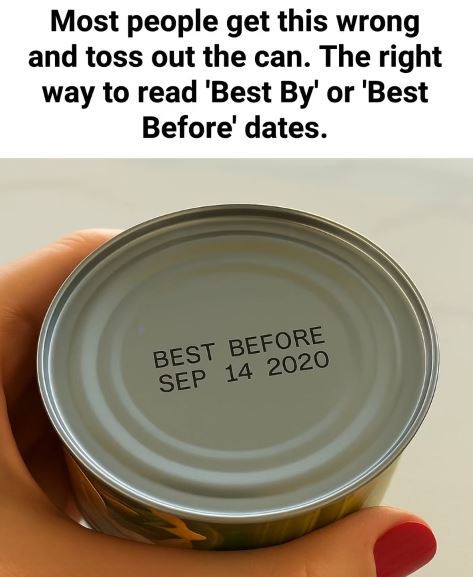Finding an expired can in the back of your cupboard doesn’t have to be a one-way ticket to the trash. While food safety should always be the priority, the dates on canned goods are widely misunderstood, leading to billions of dollars in perfectly good food being wasted each year. With a little knowledge, you can confidently determine what’s safe to keep, saving you money and reducing your household’s food waste.
The first step is to demystify the label. A “Best By” or “Use By” date is not a federal safety requirement but a manufacturer’s guarantee of peak quality. It tells you when the food might start to lose its optimal flavor or texture, not when it becomes dangerous. Canned food is preserved through a process that destroys bacteria and seals the container, creating a long-lasting product. The real test of a can’s safety lies in its physical state, not the calendar. A can that is bulging, leaking, or severely rusted is a definite risk and should be discarded. Bulging, in particular, can indicate bacterial growth and gas production inside the can, which is a serious warning sign.
The type of food in the can also guides its longevity. Low-acid canned goods, such as meats, poultry, soups, and most vegetables, are the champions of long-term storage. They can often remain safe for several years past their printed date. High-acid foods like tomatoes and fruits have a shorter shelf life for quality, as the acid can eventually corrode the can from the inside and affect the taste, but they are still often safe well beyond their date if the can is intact. The ultimate test happens when you open the can. If the food smells normal and looks typical, it is likely safe. Any off-odors, spurting liquid, or unusual discoloration mean it’s time to let it go.
Adopting this practical approach transforms your pantry management. Instead of blindly throwing out food based on an arbitrary date, you become a more informed consumer. This not only benefits your wallet but also aligns with a more sustainable, less wasteful lifestyle. Before your next pantry clean-out, remember that the most important date is the one you assign after a careful inspection of the can’s condition.


